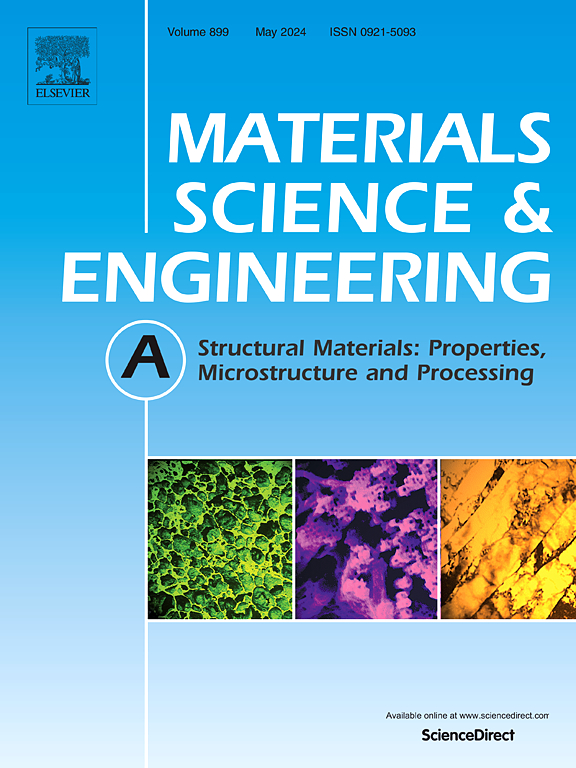Precipitate phase behavior and mechanical properties of Inconel 718 according to aging heat treatment time
IF 6.1
2区 材料科学
Q1 MATERIALS SCIENCE, MULTIDISCIPLINARY
引用次数: 0
Abstract
Inconel 718 is a precipitation-hardened alloy that achieves its excellent properties through the formation of γ′ and γ" precipitates via a two-step aging heat treatment (SHT). The precipitates formed during aging hinder dislocation movement, resulting in a strengthening effect. This strengthening effect is highly sensitive to the size and quantity of the precipitates. The formation of γ′ and γ" precipitates is particularly influenced by the aging heat treatment conditions, such as time. This study aims to analyze the initial formation and growth behavior of γ′ and γ" precipitates during aging heat treatment by evaluating the microstructure and mechanical properties according to heat treatment time. The experimental results showed that even during the early stages of aging heat treatment, with early stage aging for just 10 and 15 min, the γ′ and γ" precipitates formed and contributed to the strengthening of Inconel 718. Furthermore, analysis of varying the two-step aging heat treatment times revealed that as the aging time increased, the precipitates formed and grew more effectively, leading to increased strength and hardness. However, it was also observed that as the material's strength characteristics were enhanced, there was a transition in fracture behavior from ductile to brittle fracture.
求助全文
约1分钟内获得全文
求助全文
来源期刊

Materials Science and Engineering: A
工程技术-材料科学:综合
CiteScore
11.50
自引率
15.60%
发文量
1811
审稿时长
31 days
期刊介绍:
Materials Science and Engineering A provides an international medium for the publication of theoretical and experimental studies related to the load-bearing capacity of materials as influenced by their basic properties, processing history, microstructure and operating environment. Appropriate submissions to Materials Science and Engineering A should include scientific and/or engineering factors which affect the microstructure - strength relationships of materials and report the changes to mechanical behavior.
 求助内容:
求助内容: 应助结果提醒方式:
应助结果提醒方式:


